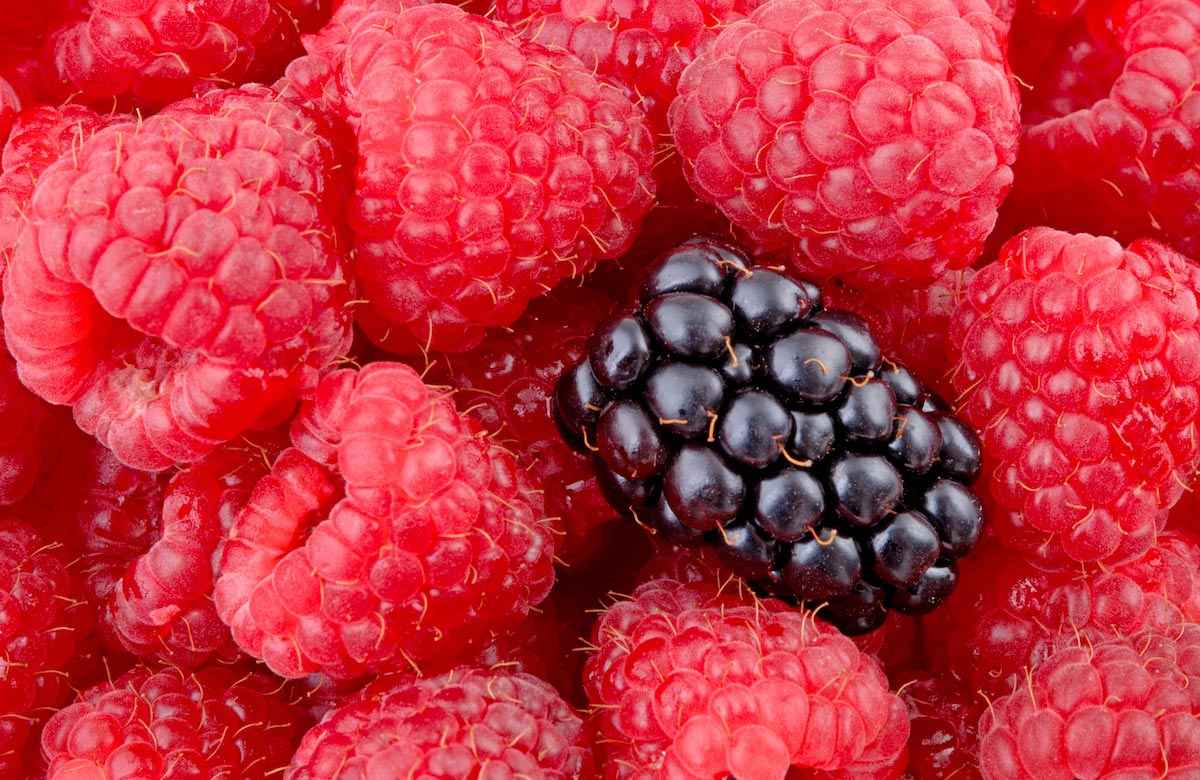
Advertisement
(Homesteading.news) Spring is here and as you prepare to put your seeds and seedlings in the ground, perhaps you’ve thought about expanding your fruit and veggie garden this year with something new.
If you haven’t decided what that will be, maybe you should consider growing some blackberries.
First of all, one of the healthiest superfoods in existence are blackberries. As reported by NaturalNews in September 2014, this delectable fruit has a number of health benefits. As a diet food, blackberries are known to be rich in compounds that stimulate metabolism and encourage natural weight loss. Plus, a one-cup serving can give you about 33 percent of your daily fiber requirement. And the sweetness gives you a natural sugar fix.
Some research also suggests that compounds found in blackberries like ellagic acid have been shown to help fight cancer cells, and in fact this has been shown in a number of studies. In addition, this delicious dark berry help remove toxins from your body and are rich in pectin, a fiber that helps bind blood sugar (which is good for diabetics).
All berries have been found to contain phytochemicals like flavonoids, tannins and phytoestrogens, but these elements are particularly strong in blackberries. Phytoestrogens act as a natural form of estrogen and can assist in balancing hormones, particularly for women dealing with hormonal fluctuations related to menopause.
Besides these amazing health benefits, blackberries go with just about anything – salads, morning breakfast foods or all by themselves. [Hint: You should really try some blackberry lemonade when you harvest these little morsels of sweetness, which will take about three years, just so you know.]

So, how to grow these berries?
Note: There are four types of blackberries: thorny erect types (mainly wild), thorny trailing types, thornless trailing types, and thornless upright types. The thorny varieties have the best fruit quality and are hardier, but then…thorns.
— Plant your blackberries in full sun, and in soil that drains well, as they don’t do well in soil that is always moist.
— Fall planting of blackberries is ideal, but you can plant them in the spring as soon as your soil can be worked.
— Before planting, add a healthy amount of compost, for a jump-start nutrient burst.
— DON’T PLANT where Verticillium-susceptible crops have been grown (including tomatoes, potatoes, peppers, eggplants, or strawberries) because blackberries are very susceptible to that disease.
— It would be a good idea to add lime (like this) and phosphorus (like this) to the soil the fall before planting. In addition, add nitrogen (fish emulsion works well) to the soil in the spring just prior to planting.
— When watering, aim at the ground, not the fruit; if it gets too wet too often, that raises the chance of fungi development.
— Keep your blackberry plants well-weeded.
— After your first year little more has to be done other than adding some fish emulsion, for the nitrogen effect – one application in late spring.
— The fruiting canes die after the fruiting is completed. These dead canes must be removed immediately after fruiting to improve air circulation for the next growth. Remove all dead, damaged or weak canes and thin the plants. Once thinned, remove the top ¼ of each remaining cane so that they are sturdy for the next year.
Here is more information on blackberry pruning.
And here is a very informative short video explaining the planting process:
Homesteading.news is part of the USA Features Media network.
Submit a correction >>
Advertisement
Advertisements















